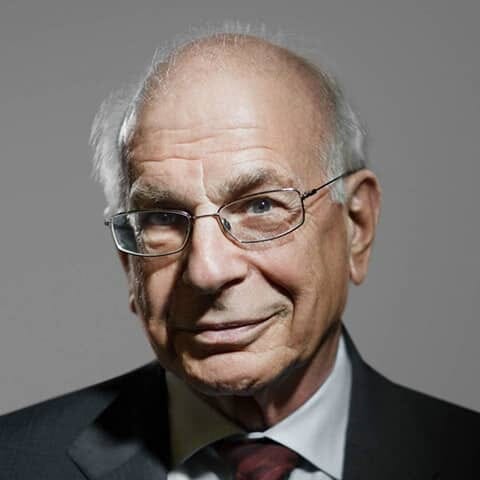 author
authorPhilip Morrison
Philip Morrison (November 7, 1915 – April 22, 2005) was a professor of physics at the Massachusetts Institute of Technology (MIT). He is known for his work on the Manhattan Project during World War II, and for his later work in quantum physics, nuclear physics high energy astrophysics, and SETI.
A graduate of Carnegie Tech, Morrison became interested in physics, which he studied at the University of California, Berkeley, under the supervision of J. Robert Oppenheimer. He also joined the Communist Party. During World War II he joined the Manhattan Project's Metallurgical Laboratory at the University of Chicago, where he worked with Eugene Wigner on the design of nuclear reactors.
In 1944 he moved to the Manhattan Project's Los Alamos Laboratory in New Mexico, where he worked with George Kistiakowsky on the development of explosive lenses required to detonate the implosion-type nuclear weapon. Morrison transported the core of the Trinity test device to the test site in the back seat of a Dodge sedan. As leader of Project Alberta's pit crew he helped load the atomic bombs on board the aircraft that participated in the atomic bombing of Hiroshima and Nagasaki. After the war ended, he traveled to Hiroshima as part of the Manhattan Project's mission to assess the damage.
After the war he became a champion of nuclear nonproliferation. He wrote for the Bulletin of the Atomic Scientists, and helped found the Federation of American Scientists and the Institute for Defense and Disarmament Studies. He was one of the few ex-communists to remain employed and academically active throughout the 1950s, but his research turned away from nuclear physics towards astrophysics. He published papers on cosmic rays, and a 1958 paper of his is considered to mark the birth of gamma ray astronomy. He was also known for writing popular science books and articles, and appearing in television programs.
Philip Morrison was born in Somerville, New Jersey, November 7, 1915, the only son of Moses Morrison and Tillie Rosenbloom. He had a younger sister, Gail. The family moved to Pittsburgh when he was two. He contracted polio when he was four, and as a result wore a caliper on one leg, and spent his last years in a wheelchair. Because of his polio, Morrison did not commence school until the third grade.
On graduating from high school he entered Carnegie Tech, planning to major in electrical engineering. While there he became interested in physics. He earned his Bachelor of Science (B.S.) in 1936. He then entered the University of California, Berkeley, where he earned his PhD in theoretical physics in 1940 under the supervision of J. Robert Oppenheimer, writing his thesis on "Three Problems in Atomic Electrodynamics".
In 1938, Morrison married Emily Kramer, a girl he had known in high school, and a fellow Carnegie Tech graduate. They divorced in 1961. In 1965 he married Phylis Hagen. They remained together until Phylis died in 2002.
Best author’s book




















